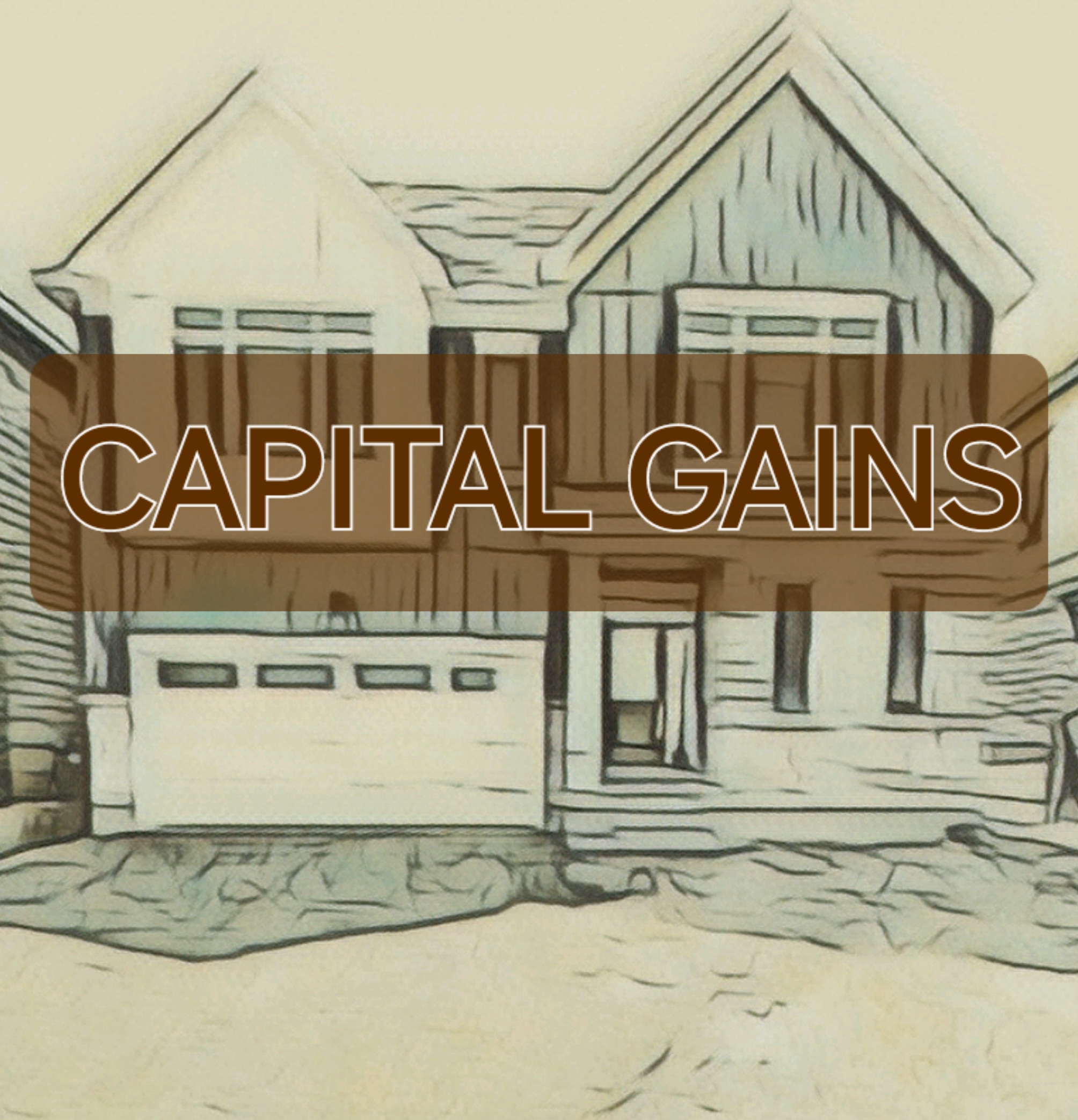
Welcome to our comprehensive guide on Capital Gains Tax in Ontario. Whether you’re an investor, property owner, or planning to sell assets, understanding capital gains tax is crucial. We’ll explain the basics, how to calculate your tax and strategies to minimize it.
What is Capital Gains Tax?
Capital gains are profits from selling an asset that has increased in value. When you sell an asset for more than its purchase price, the difference is a capital gain. Capital gains tax is the tax on these profits. In Ontario, 50% of the capital gain up to $250,000 is taxable. For gains over $250,000, 67% is taxable and must be reported as income on your tax return.
Short-Term vs. Long-Term Gains
In Canada, including Ontario, capital gains aren’t divided into short-term and long-term. Any profit from selling a capital asset is taxed the same way. But, understanding the timing of sales and tax implications is crucial for planning.
Importance of Understanding Capital Gains Tax
Financial Planning: Knowing how to calculate capital gains tax helps you anticipate tax liabilities. This aids in better financial planning and investment strategies.
Maximizing Profits: Awareness of capital gains tax strategies and exemptions helps minimize tax liability and maximize profits.
Real Estate Transactions: For property owners in Ontario, understanding capital gains tax impacts profitability when selling properties.
Compliance: Accurate reporting of capital gains ensures compliance with tax regulations. Incorrect reporting can lead to penalties.
Calculating Capital Gains Tax
To calculate capital gains tax in Ontario:
- Determine the Capital Gain: Subtract the adjusted cost base (ACB) from the sale price. The ACB includes the purchase price plus costs like commissions or legal fees.
- Taxable Portion: Only 50% of the capital gain is taxable.
Example for Real Estate:
- Purchase Price: $300,000
- Sale Price: $500,000
- Capital Gain: $200,000
- Taxable Portion: $100,000
Current Tax Rates and Changes
Capital gains are taxed at your marginal tax rate, which varies based on your income. For example, if your taxable income places you in a 30% tax bracket, the tax on a $100,000 taxable capital gain would be $30,000.
Recent Changes to Capital Gains Tax
Recent legislative changes propose increasing the capital gains inclusion rate from 50% to 67% for gains over $250,000, effective June 25. This change aims to increase the tax burden on wealthier individuals and corporations. For example, if you sold an asset with a $400,000 capital gain, the taxable portion under the new rate would be $268,000 (67% of $400,000) instead of $200,000 (50% of $400,000).
Understanding how to calculate and report capital gains tax in Ontario, and staying updated on recent changes, ensures compliance with tax laws and allows for better financial planning and strategy implementation. Key aspects include knowing the tax implications on various assets, such as Ontario real estate capital gains, and leveraging capital gains tax strategies and exemptions to minimize your tax liability.
Common Exemptions
Principal Residence Exemption: One of the most significant capital gains exemptions in Ontario is the principal residence exemption. If you sell your primary home, where you or your family live, the profit from the sale is usually exempt from capital gains tax. This exemption requires reporting the sale to the Canada Revenue Agency (CRA), including details like the purchase and sale dates and prices.
Available Deductions
Capital Losses: If you incur a capital loss, you can use it to offset capital gains in the same year, reducing your taxable capital gains. If your losses exceed gains, you can carry them back three years or forward indefinitely to apply against future capital gains.
Adjusted Cost Base (ACB): Keeping detailed records of all costs associated with acquiring and selling an asset, such as the purchase price, commissions, and legal fees, allows you to accurately calculate and reduce your capital gains.
Tips for Keeping Accurate Records
Maintain Detailed Records: Ensure you keep all receipts, purchase agreements, and any costs related to improvements or selling the asset. This documentation helps accurately calculate your ACB.
Utilize Tax Software: Consider using tax software to track and report capital gains, ensuring you apply all applicable deductions and exemptions.
Consult Professionals: Regular consultations with tax professionals can help optimize your tax strategies and ensure compliance with current regulations.
Practical Strategies for Minimizing Capital Gains Tax
Tax-Loss Harvesting: Offset your capital gains by selling investments that have incurred a loss. This strategy helps in reducing your overall taxable gains by balancing profits with losses.
Utilizing RRSPs and TFSAs: Contribute to Registered Retirement Savings Plans (RRSPs) and Tax-Free Savings Accounts (TFSAs). Investments held in these accounts grow tax-free, and withdrawals from TFSAs are not subject to capital gains tax.
Strategic Asset Allocation: Plan your asset sales strategically. For instance, consider holding investments for more than a year to benefit from lower long-term capital gains tax rates and time your asset sales during years when your income is lower to reduce your marginal tax rate.
Benefits of Consulting a Tax Professional
Consulting with a tax professional is highly beneficial for personalized advice on minimizing capital gains tax. They can provide tailored strategies based on your specific financial situation, ensure compliance with the latest tax laws, and help you maximize available deductions and exemptions.
Understanding and utilizing capital gains tax strategies, exemptions, and deductions in Ontario can significantly reduce taxable income and enhance financial planning.
As a real estate agent, I’m here to help you navigate the complexities of capital gains tax in Ontario. Contact me today for a personalized consultation so we can discuss how to maximize your real estate investments. Whether you’re buying or selling property, I can provide expert guidance to help you make informed decisions. Don’t miss out on potential savings—reach out now and let’s get started!

 Facebook
Facebook
 X
X
 Pinterest
Pinterest
 Copier le Lien
Copier le Lien
